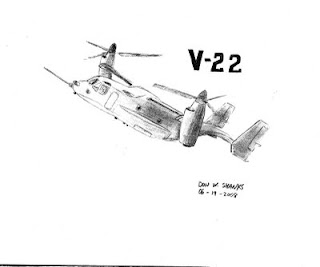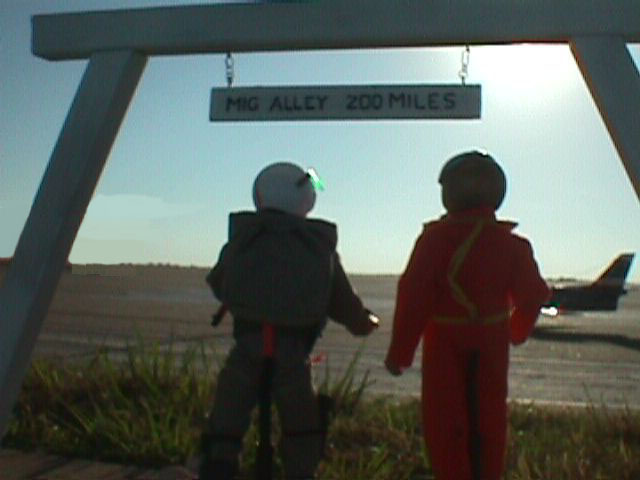
A Interesting Two Week in Aerospace News
by shanksow
Mars Moon Phobos More of a Pile of Rubble-from Space.com article by Clara Moskowitz posted on October 16, 2008. (www.space.com/scienceastronomy/081016-mars-moon-rubble.html).
The largest of Mars two moons might be more of a collection of rubble than a single body. Quoting Pascal Rosenblatt of the Royal Observatory of Belgium who is a member of the Mars Express Radio Science team. The mass and volume information allowed researchers to reckon Phobos' density, and the scientists found that the moon is not solid, but probably filled with giant caverns. Researchers call this kind of body, which is basically a clump of rocks held together by gravity, a rubble pile.
The density of Phobos is 1.85 grams per cubic centimeter (0.067 pounds per cubic inch) – is lower than the density of Martian surface rocks. Their density is anywhere between 2.7 to 3.3 grams per cubic centimeter (0.098 to 0.119 pounds per cubic inch). Its (Phobos) density is more like that of the asteroids and its sister moon Deimos. In other words, its doubtful that the two moons were formed out of Mars itself.
There will be a Russian mission launched in 2009 to check out Phobos specifically; its called Phobos-Grunt mission.
V-22 Osprey Doing Well is Iraq Operations-from comcast.net news (www.comcast.net/articles/news-world/20081020/ML.Iraq.Bats.from.Hell/)
After twenty plus years of development, the V-22 Osprey is operational and the Marines that are flying the machine call it a “Bat out of Hell.” It doesn't carry the same firepower as the old CH-46 Sea-Knight helicopters, but that is offset by the Osprey's higher speed. The one major complaint appears to be that there is no firepower fixed up forward, the aircraft carries a machine gun that is fired from out of the rear of the tilt-rotor.
Other critics of the V-22 cite the soaring costs of the aircraft - $100 million per unit when you factor in the research and development costs. The Osprey has been flying in Iraq since September 2007. With the Osprey, new tactics have been developed to maximize the positives of the machine. Come in high to avoid ground fire, the drop into the landing zone. The Ospreys currently operate out of Asad air base.
If the tilt-rotor is hit in one of its engines, the other can still power the other rotor for auto-rotation to land safely if needed.
by shanksow
Mars Moon Phobos More of a Pile of Rubble-from Space.com article by Clara Moskowitz posted on October 16, 2008. (www.space.com/scienceastronomy/081016-mars-moon-rubble.html).
The largest of Mars two moons might be more of a collection of rubble than a single body. Quoting Pascal Rosenblatt of the Royal Observatory of Belgium who is a member of the Mars Express Radio Science team. The mass and volume information allowed researchers to reckon Phobos' density, and the scientists found that the moon is not solid, but probably filled with giant caverns. Researchers call this kind of body, which is basically a clump of rocks held together by gravity, a rubble pile.
The density of Phobos is 1.85 grams per cubic centimeter (0.067 pounds per cubic inch) – is lower than the density of Martian surface rocks. Their density is anywhere between 2.7 to 3.3 grams per cubic centimeter (0.098 to 0.119 pounds per cubic inch). Its (Phobos) density is more like that of the asteroids and its sister moon Deimos. In other words, its doubtful that the two moons were formed out of Mars itself.
There will be a Russian mission launched in 2009 to check out Phobos specifically; its called Phobos-Grunt mission.
V-22 Osprey Doing Well is Iraq Operations-from comcast.net news (www.comcast.net/articles/news-world/20081020/ML.Iraq.Bats.from.Hell/)
After twenty plus years of development, the V-22 Osprey is operational and the Marines that are flying the machine call it a “Bat out of Hell.” It doesn't carry the same firepower as the old CH-46 Sea-Knight helicopters, but that is offset by the Osprey's higher speed. The one major complaint appears to be that there is no firepower fixed up forward, the aircraft carries a machine gun that is fired from out of the rear of the tilt-rotor.
Other critics of the V-22 cite the soaring costs of the aircraft - $100 million per unit when you factor in the research and development costs. The Osprey has been flying in Iraq since September 2007. With the Osprey, new tactics have been developed to maximize the positives of the machine. Come in high to avoid ground fire, the drop into the landing zone. The Ospreys currently operate out of Asad air base.
If the tilt-rotor is hit in one of its engines, the other can still power the other rotor for auto-rotation to land safely if needed.








+033.jpg)
No comments:
Post a Comment